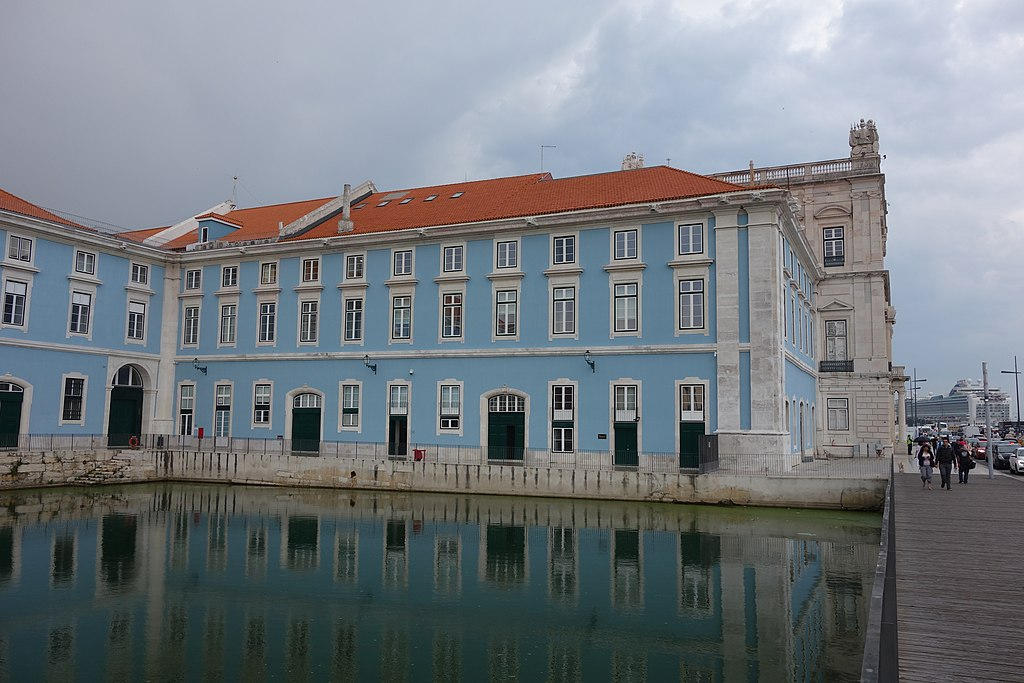In 1930, the Lisbon City Council acquired the Palácio da Mitra, initially considered as the museum's venue. After undergoing renovations, the Museum of the City was inaugurated in 1942, following a museum program designed by Mário Tavares Chicó (1905-1966). However, it was evident that this location was temporary due to the limited exhibition space and the small collection. In 1962, with the acquisition of Palácio Pimenta, new prospects emerged for the museum, and it was decided to transfer the institution to this new venue in the early 1970s.
The new museological program, developed by Irisalva Moita (1924-2009) between 1973 and 1975, proposed a chronological and evolutionary narrative of the city, reflecting the expanded collection. Significant additions to the collection included the acquisition of Augusto Vieira da Silva's (1869-1951) collection, the first curator of the Museum of the City, and the integration of archaeological artifacts from various excavations in the city. The museum opened its doors to the public in multiple phases between 1979 and 1984.
In addition to the former City Museum, the Museum of Lisbon has incorporated other municipal museum units. These include the former Antoniano Museum, proposed by the Administrative Commission of the Lisbon City Council in 1911 and established in 1962, and the former Museum of the Roman Theater of Lisbon, inaugurated in 2001. The museum also encompasses Casa dos Bicos, which housed a section of the 17th European Exhibition of Art, Science, and Culture in 1983, as well as the Torreão Poente in Praça do Comércio, dedicated to temporary exhibitions related to Lisbon's history and present.
The museum's mission is to unveil the city's identity and foster curiosity about its physical landscape, historical development, and multicultural heritage. From ancient Roman ruins to stunning artworks, the Museum of Lisbon provides an immersive journey through the city's remarkable history. Let's embark on a captivating exploration of this cultural gem.
Lisbon.vip Recommends
The palace's enchanting gardens have retained their splendor from the late 18th century. Noteworthy features include the picturesque "jogo da bola" area, demarcated by a small obelisk, and the beautiful tree canopy. As visitors stroll through these verdant grounds, they are transported to a bygone era, immersed in the charm of Lisbon's history.
The Museum of Lisbon's collection offers a captivating journey through the city's past, showcasing artifacts, artworks, and historical documents that depict Lisbon's evolution from prehistoric times to the present. Among the remarkable exhibits are paintings depicting the city prior to the devastating 1755 earthquake, including a 17th-century oil painting by Dirk Stoop, which portrays the Terreiro do Paço. The earthquake's aftermath is also vividly illustrated through paintings depicting the devastated city and various plans for its reconstruction. Visitors can marvel at a colorful poster celebrating the 1910 Revolution and the proclamation of the Republic, as well as a detailed model of the city in the 1950s. The museum also offers access to some of the palace's former dependencies, such as the kitchen adorned with blue and white tile panels depicting fish, flowers, and hunting animals.
As a city museum, the Museum of Lisbon aims to unveil the cultural, social, economic, political, anthropological, and territorial identity of Lisbon, reflecting its historical evolution and the diverse population that characterizes it. By interpreting the city through material evidence, the museum highlights its multicultural heritage, both past and present, offering insights into its possible futures.
Under the management of two directors and two coordinators, the Museum of Lisbon continues to play a vital role in preserving and presenting Lisbon's rich history. Through its extensive collections, immersive exhibits, and captivating storytelling, the museum invites visitors to embark on a remarkable journey through time, unraveling the layers of the city's past and celebrating its cultural heritage.






